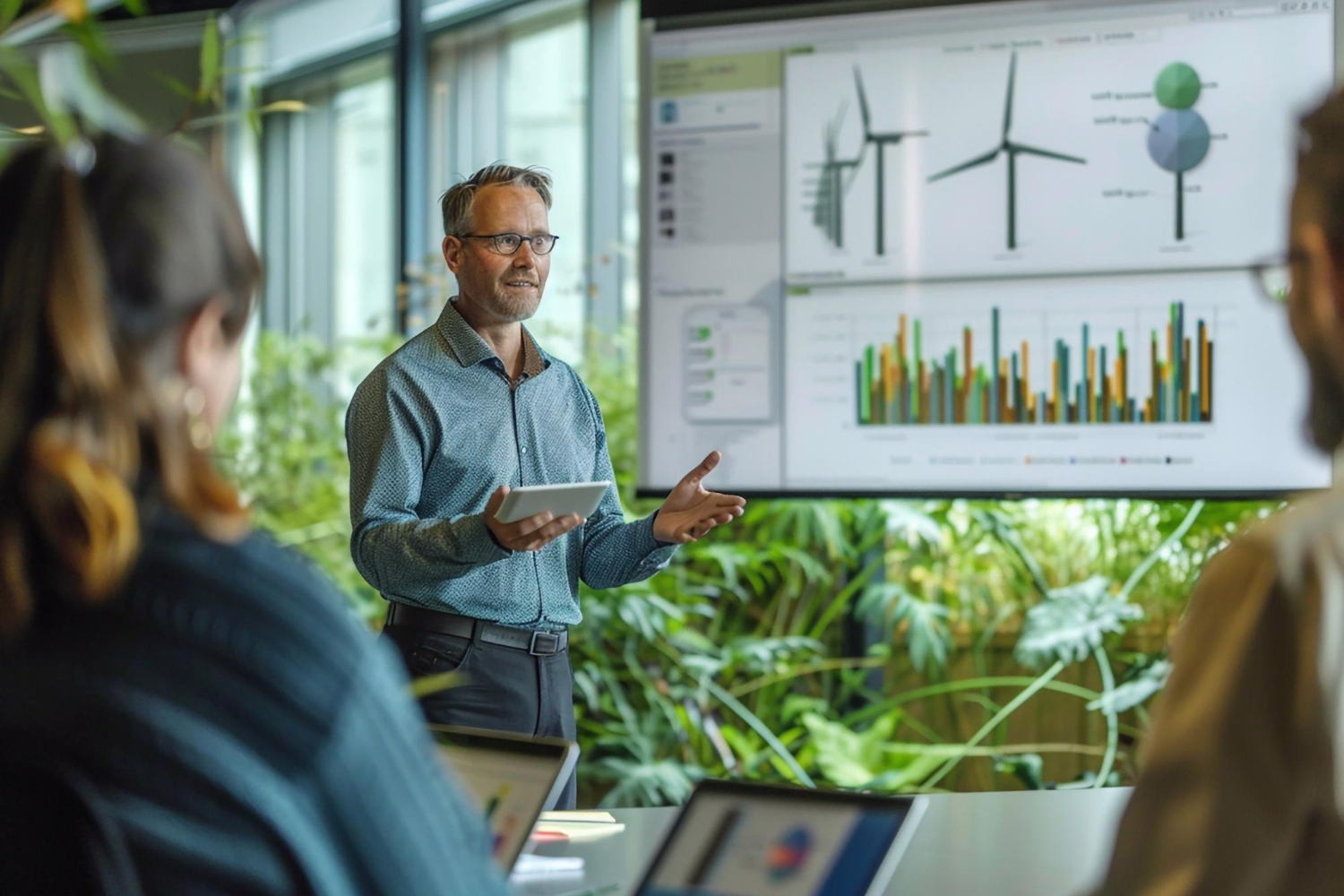There is much talk about AI and especially ChatGPT these days. I have been thinking a bit about how these technologies can be put to work to advance and speed up our work on sustainability and can see several ways. But I figured I might as well just ask it and here is the answer:
“Artificial Intelligence (AI) can play a significant role in advancing sustainability by providing solutions to some of the most pressing environmental and social challenges. Some ways in which AI can contribute to sustainability include:
- Energy efficiency: AI can be used to optimize energy consumption in buildings, industrial processes, and transportation, resulting in significant energy savings.
- Resource optimization: AI can be used to optimize the use of resources, such as water and materials, in order to reduce waste and improve efficiency.
- Predictive maintenance: AI can be used to predict when equipment or machinery is likely to fail, allowing for preventative maintenance and reducing downtime.
- Environmental monitoring: AI can be used to monitor and analyze data from environmental sensors, allowing for early detection of pollution and other environmental issues.
- Renewable energy: AI can be used to optimize the performance of renewable energy systems, such as solar and wind power, in order to increase their efficiency and reliability.
- Supply chain management: AI can be used to analyze data from the supply chain in order to identify areas where sustainability improvements can be made.
- Climate change: AI can be used to model and predict the impacts of climate change, such as extreme weather events and sea level rise.
- Smart Cities: AI can be used to optimize transportation, energy, and other systems in cities in order to improve sustainability and quality of life.
In order for AI to truly advance sustainability, it is important for AI development to be guided by ethical and sustainable principles. This includes ensuring that AI is used for the benefit of all people, and not just a select few, and that the development of AI does not have negative environmental or social impacts.”
An interesting list for sure. Both in terms of what it can be used for but also what it suggests.
But something crucial is missing. Something that ultimately is needed for us to create the kind of future where our kids have similar conditions to unfold their lives as we had.
We can’t “just” settle for solutions that make the problems we created for ourselves smaller. We have to fix the problem.
By that, I mean not just stopping the bleeding but making the patient happy and healthy again.
It is not enough to stop emitting carbon as we are well above the threshold to stay in the safe and stable climate that had allowed us to thrive for the last 10.000 years. It is not enough to stop releasing microplastic into the ecosystem as there is currently microplastic in all corners of the world – from the peak of the highest mountain to the bottom of the deepest part of the oceans, from the north pole to the south pole. It is not enough to stop polluting the world and all living creatures with chemicals as we currently keep finding new and alarming amounts of different chemicals in places they should not be. Øverst på formularen
In short – we need to create a better future and not just a less bad one.
This requires a different approach and mindset that build on creating not minimizing. That connects sustainability and business so the latter becomes a force for good and be open transparent, and collaborative about what we do and how.
The challenge is that this is not the mainstream approach by any measurement.
ChatGPT is a powerful tool and so is the range of other AI and similar technology solutions out there. But as with all other technology, it must be guided, as ChatGPT also points out in the end. Currently, tools like this one build on what is already out there, and thus it is fed with the traditional way of thinking about sustainability which is generally to be less bad; to minimize the problem through avoidance, minimization, reduction, restrictions, and limitations to what we can do.
The problem with this approach is that it is not aligned with how our brains work; thus, it will always be an uphill battle to get a massive uptake amongst people for it. To test it I asked How AI could help businesses become carbon positive? And still, the majority of the steps were about optimizing and minimizing, and then in the end offsetting the rest. Nothing about buildings producing more energy than it needs, products that sequester more carbon than it has demanded to produce them, and so on.
So, we need to feed it with better content. And we need to ask better questions that will guide it to help us deliver a positive impact. And it proves that there is still a massive need for human creativity and collaboration to develop the best questions and ideas. And then we can put the tools to use for the nitty gritty parts.
What questions are you asking?




